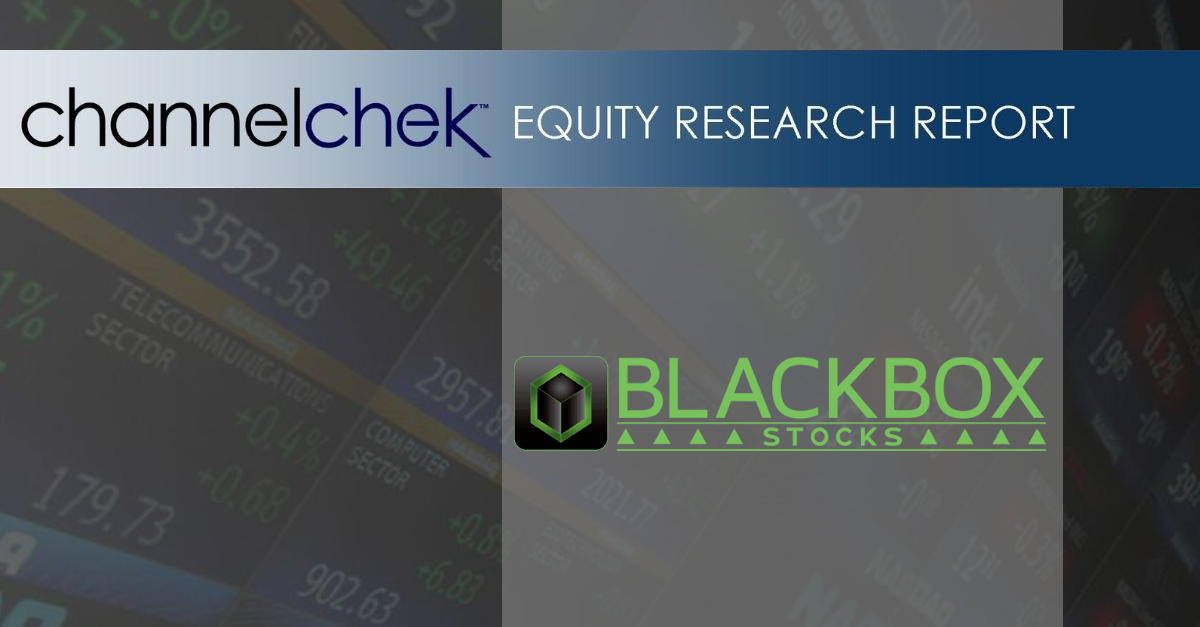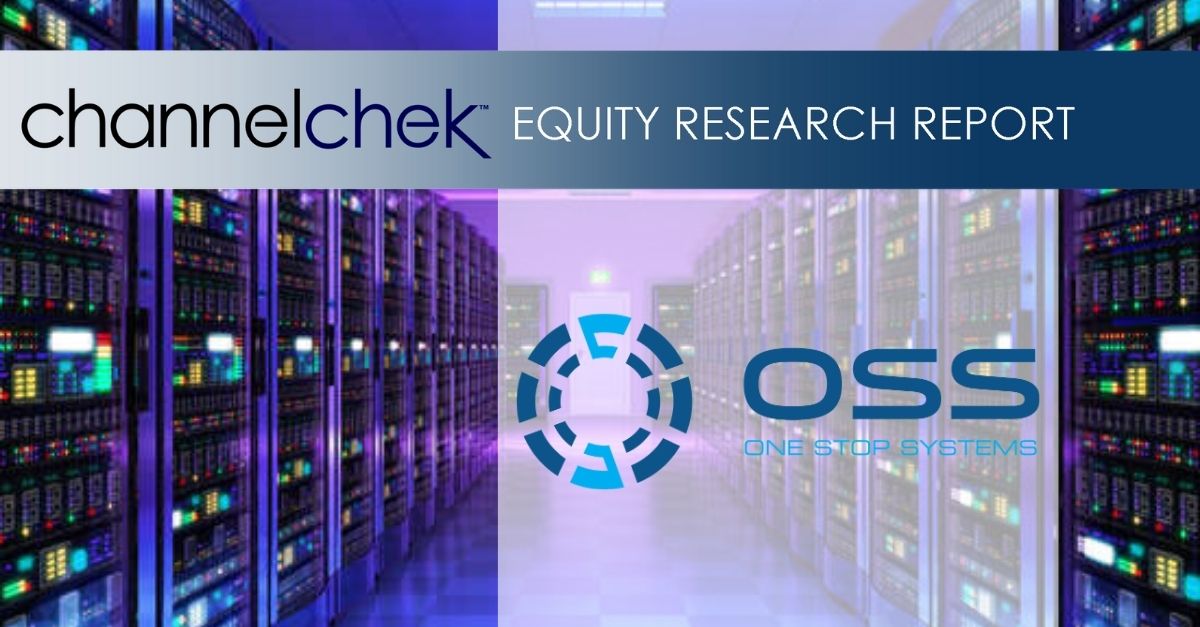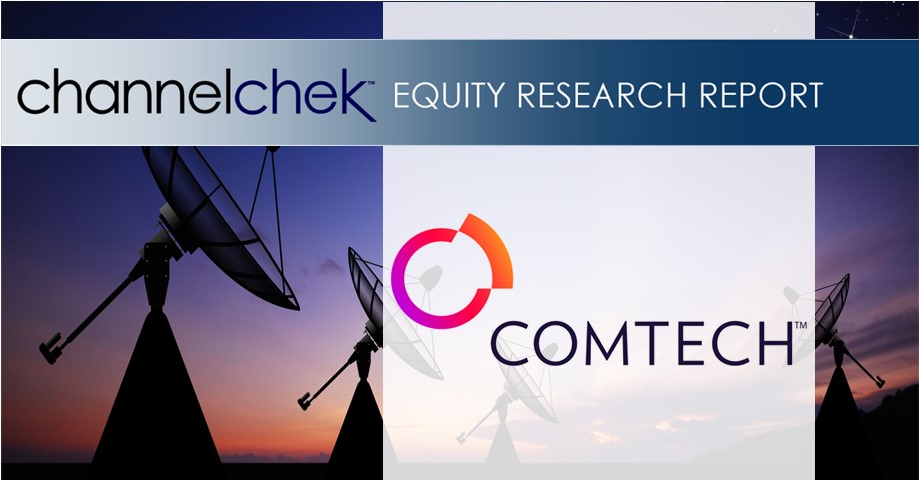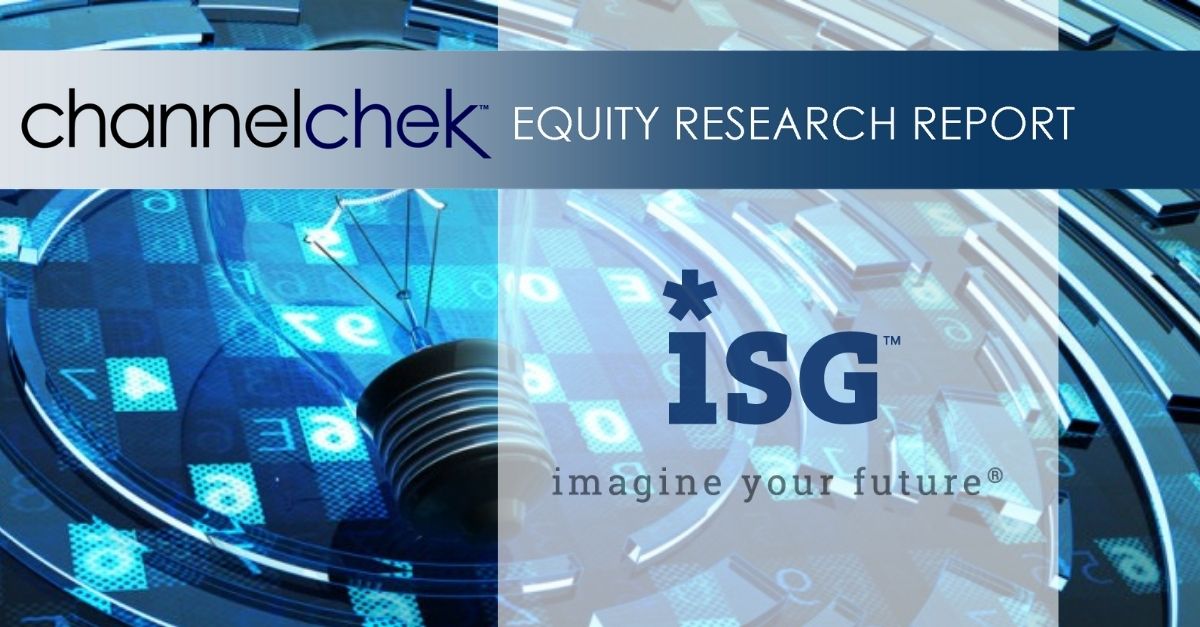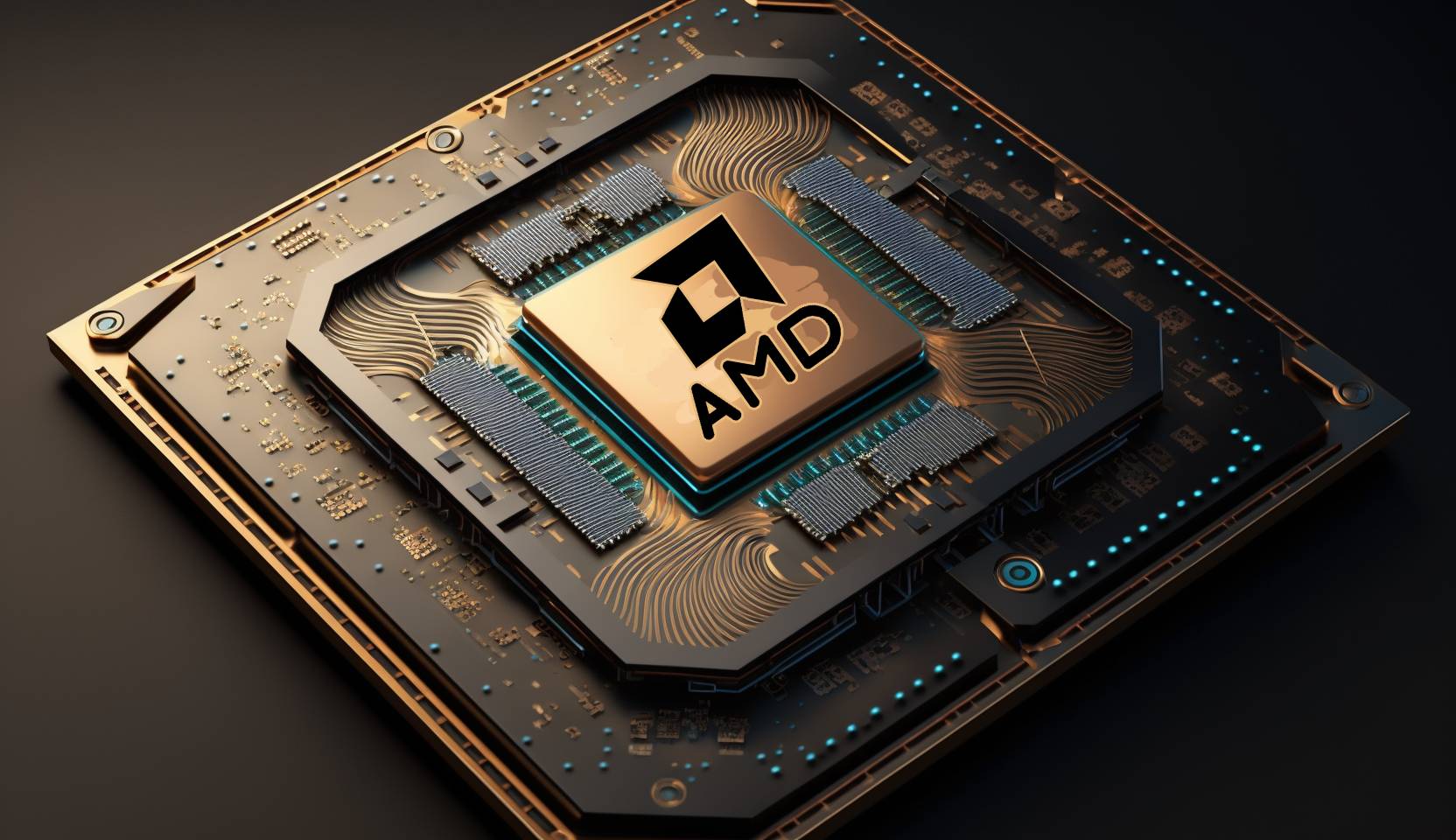
Wednesday, November 15, 2023
Blackboxstocks, Inc. is a financial technology and social media hybrid platform offering real-time proprietary analytics and news for stock and options traders of all levels. Our web-based software employs “predictive technology” enhanced by artificial intelligence to find volatility and unusual market activity that may result in the rapid change in the price of a stock or option. Blackbox continuously scans the NASDAQ, New York Stock Exchange, CBOE, and all other options markets, analyzing over 10,000 stocks and up to 1,500,000 options contracts multiple times per second. We provide our users with a fully interactive social media platform that is integrated into our dashboard, enabling our users to exchange information and ideas quickly and efficiently through a common network. We recently introduced a live audio/video feature that allows our members to broadcast on their own channels to share trade strategies and market insight within the Blackbox community. Blackbox is a SaaS company with a growing base of users that spans 42 countries; current subscription fees are $99.97 per month or $959.00 annually. For more information, go to: www.blackboxstocks.com .
Joe Gomes, Managing Director, Equity Research Analyst, Generalist , Noble Capital Markets, Inc.
Joshua Zoepfel, Research Associate, Noble Capital Markets, Inc.
Refer to the full report for the price target, fundamental analysis, and rating.
3Q2023 Results. Revenue for the Company was $728,468 compared to $1.2 million last year. Average monthly revenue per user was $76.37 for the quarter compared to $78.19 in the prior year period. Operating expenses totaled $1.3 million compared to $1.9 million last year. Blackboxstocks reported a net loss of $671,745 or EPS loss of $0.21, compared to a net loss of $1.3 million or $0.40 EPS loss last year. Adjusted EBITDA was a negative $513,026 versus a negative $1.1 million in the prior year.
Member Count. Blackboxstocks had an average member count of 3,174 at the end of the quarter, down from 3,937 at the end of the second quarter and 5,197 last year. This continues a trend of decreasing users experienced by the company on its products for the year. The Company is exploring strategic marketing partnerships to increase the growth of its products.
Get the Full Report
Equity Research is available at no cost to Registered users of Channelchek. Not a Member? Click ‘Join’ to join the Channelchek Community. There is no cost to register, and we never collect credit card information.
This Company Sponsored Research is provided by Noble Capital Markets, Inc., a FINRA and S.E.C. registered broker-dealer (B/D).
*Analyst certification and important disclosures included in the full report. NOTE: investment decisions should not be based upon the content of this research summary. Proper due diligence is required before making any investment decision.
